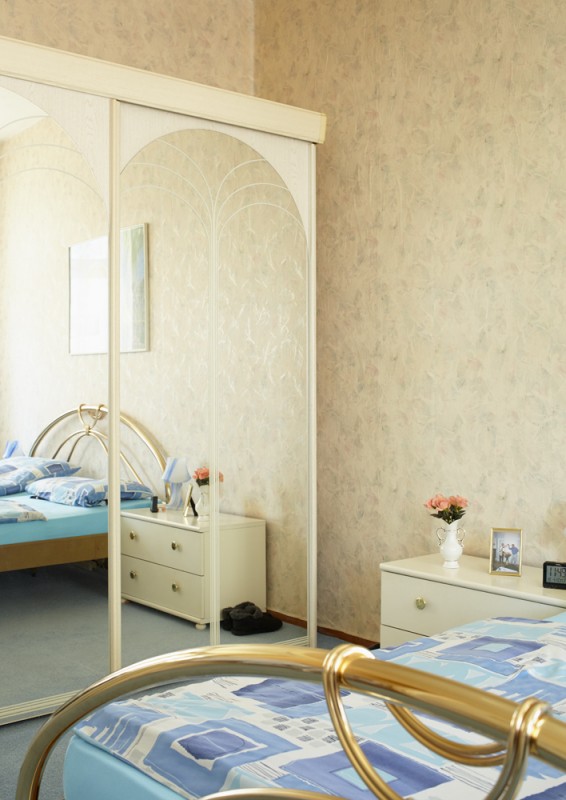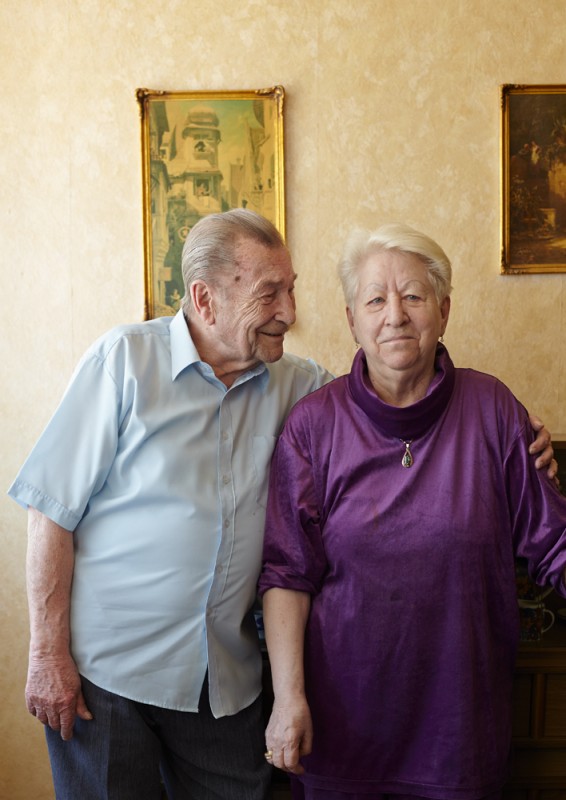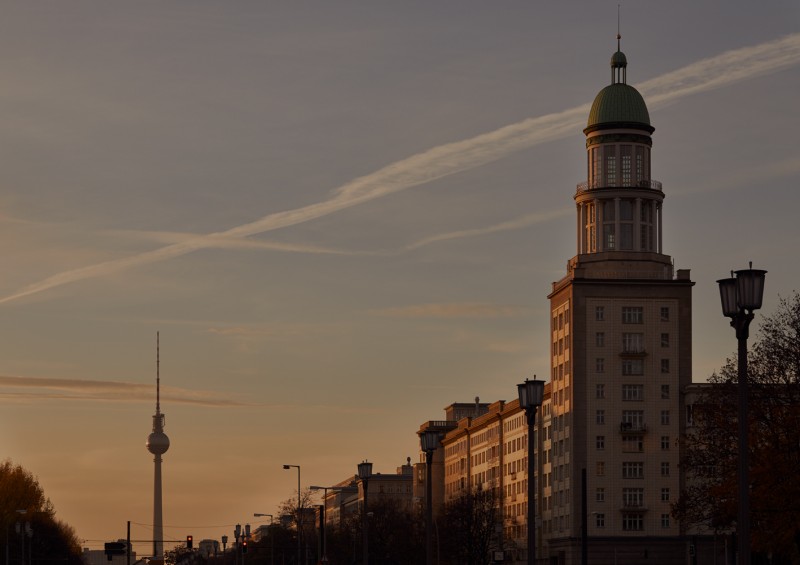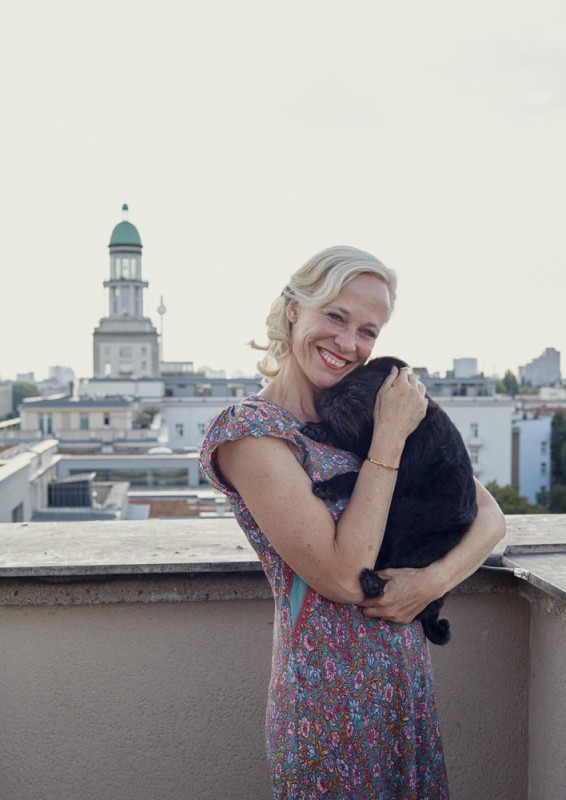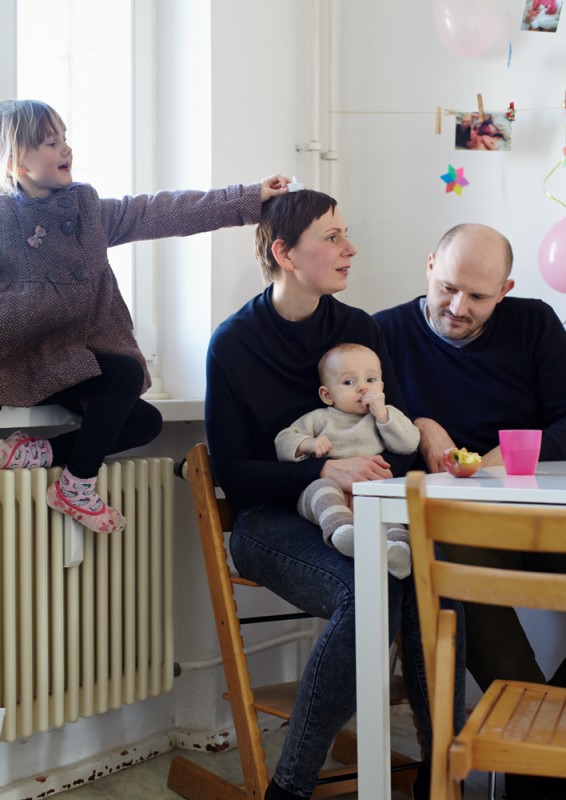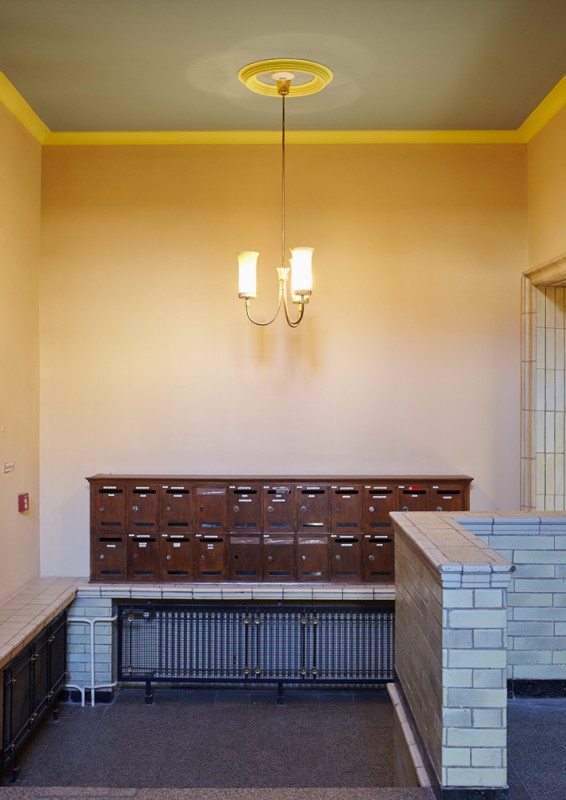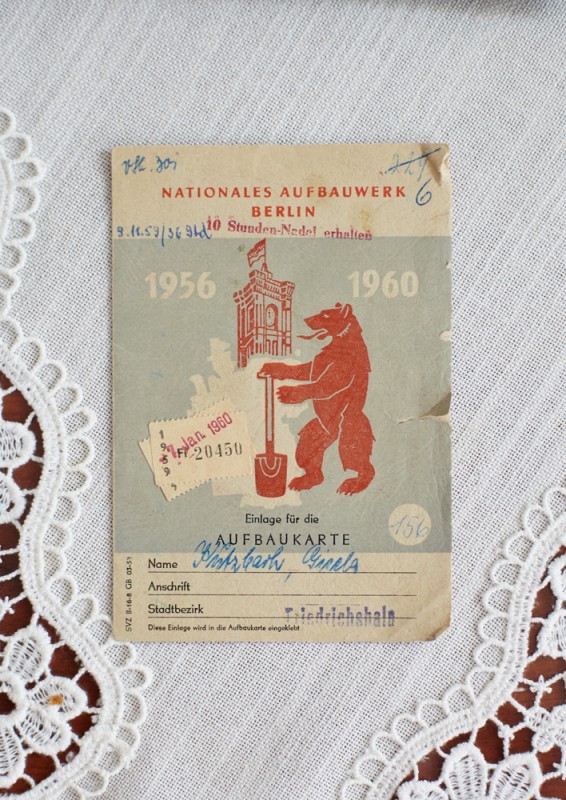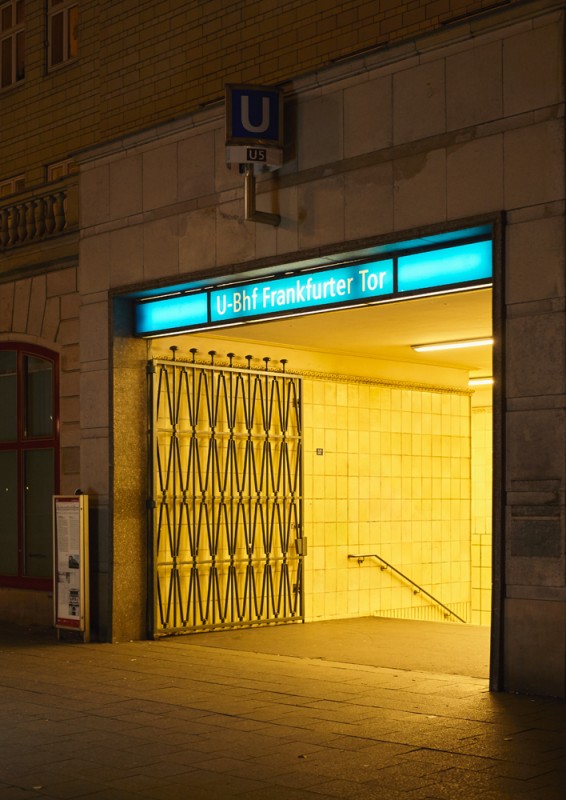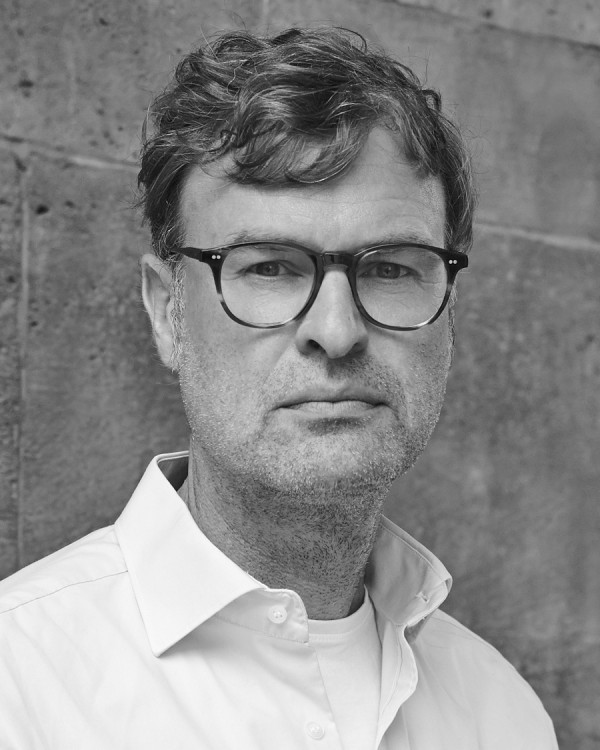Book tip: Mein Stalinbau (My Stalin Building)
Book tip: Mein Stalinbau (My Stalin Building)
Thorsten Klapsch
December 3, 2021
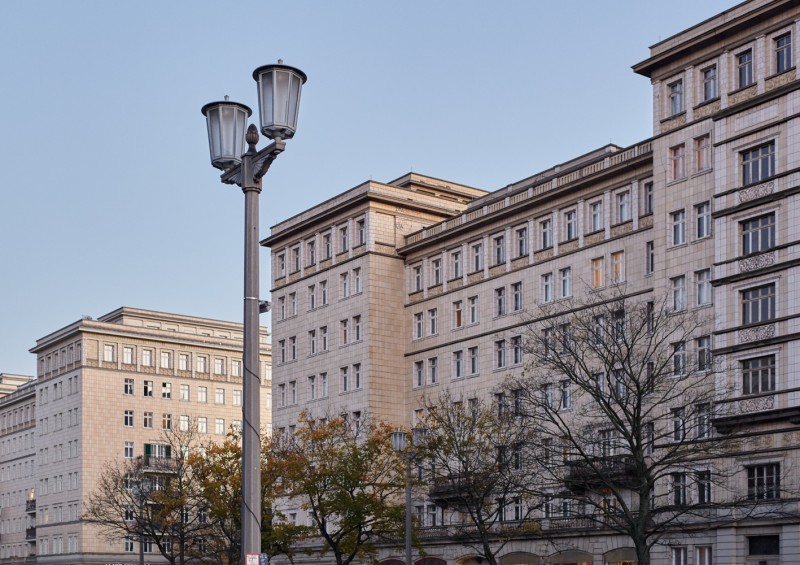
However, with reunification capitalism came into play, and the new motto became buy, speculate and sell. This is where the street's less pleasant story begins, as well as Thorsten Klapsch's book. He himself lived in a “Stalin building”. Witnessing the subdivision into ownership units, he decided to begin to photograph the street, the houses, the flats and their tenants. His series is a tribute to the construction, the art, the people and, not least, the city of Berlin, which has changed enormously since the fall of Communism. Already in previous projects, some of them photographed with a Leica, Klapsch devoted himself to places or buildings threatened with demolition – like the Palace of the Republic, which had to give way to the modern City Palace. Seen in this light, he is not only a documentarist or a witness of his time, but a storyteller, whose pictures also bring history to life.
Old rental agreements, deeds, photos, tiles, cupboard walls, GDR interiors and East German utensils: his glimpse into the flats in these "Stalin buildings" makes the past tangible, evokes long-forgotten memories, is clear, direct, unadorned and also imbued with sentimentality. It can be assumed that soon nothing will be the same there: perhaps even the couple growing old together on the couch, or the young woman in the kitchen, will have to leave their venerable homes and the Karl Marx Allee. Together with the texts by Michaela Nowotnick, the reader of this book takes a look behind the confectionery façades, meeting the people, learning about their lives, their anger and their hopes. Like in a good novel, they become captivating protagonists, united under one roof.
Thorsten Klapsch (Photos), Michaela Nowotnick (Text):
Mein Stalinbau. Eine Berliner Straße und die Geschichten ihrer Bewohner.
German. berlin edition in be.bra Verlag
Thorsten Klapsch+-
Thorsten Klapsch is a passionate photographer and has been for nearly 30 years. He likes the forbidden, the closed off, the world behind doors. He photographed the empty, and now demolished, Palace of the Republic, German nuclear power plants, and the changes happening in East and West Berlin. He works for magazines and companies, so as to be able to realise his own, personal projects. More


